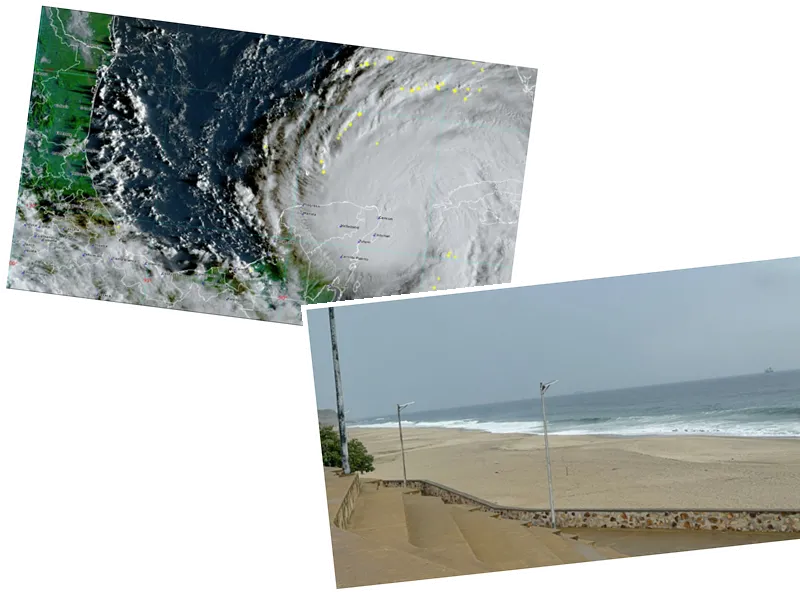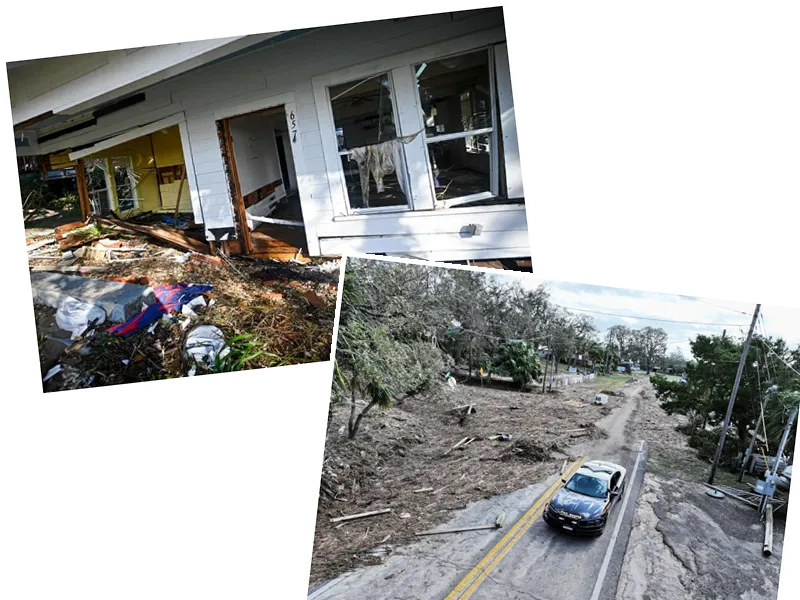Tropical Storm Debby is rapidly intensifying as it approaches Florida, with expectations of becoming a hurricane before landfall on Monday. The National Hurricane Center warns of significant flooding risks across the southeastern United States, particularly in low-lying areas. With sustained winds projected to reach up to 90 mph (144 km/h), Debby poses a serious threat to the region, especially in northern Florida, Georgia, and South Carolina. Governor Ron DeSantis has declared a state of emergency in 54 counties, urging residents to prepare for potential power outages and evacuate if necessary. The storm is anticipated to bring unprecedented rainfall, potentially reaching 30 inches (76 cm) in some areas, leading to historic flooding risks. As Debby develops, emergency officials emphasize the need for caution, particularly regarding driving through flooded areas, as the storm's slow movement could prolong adverse conditions.
- As Debby moves through the Gulf of Mexico, it is drawing energy from warm waters, which can lead to rapid intensification. The storm's trajectory resembles that of Hurricane Idalia, which struck Florida last year, but Debby is expected to bring much more rainfall. Emergency preparations are underway, with evacuation orders issued for vulnerable areas. The potential for flash flooding is high, especially in cities like Savannah and Charleston, which could experience a month's worth of rain within a few days. The National Hurricane Center has stressed the importance of having emergency plans in place, as the storm could significantly impact local infrastructure and safety.






